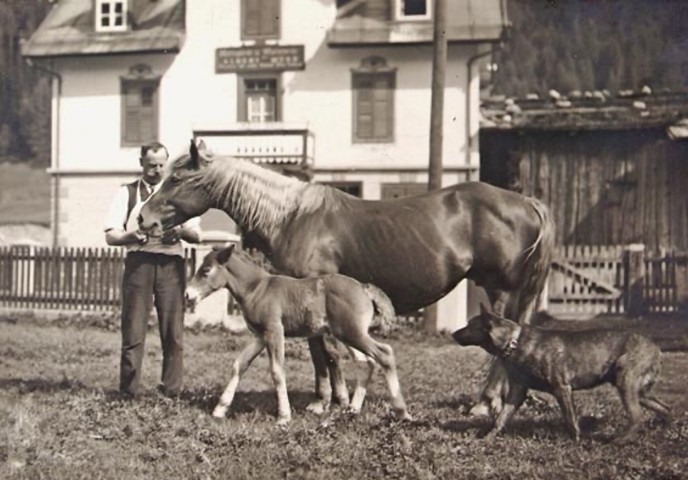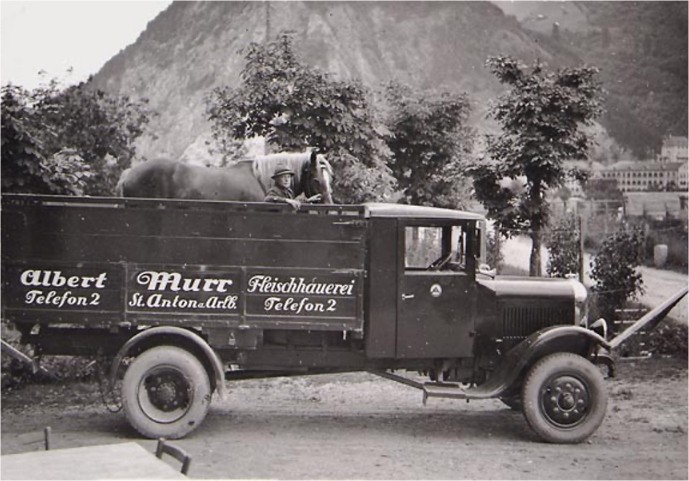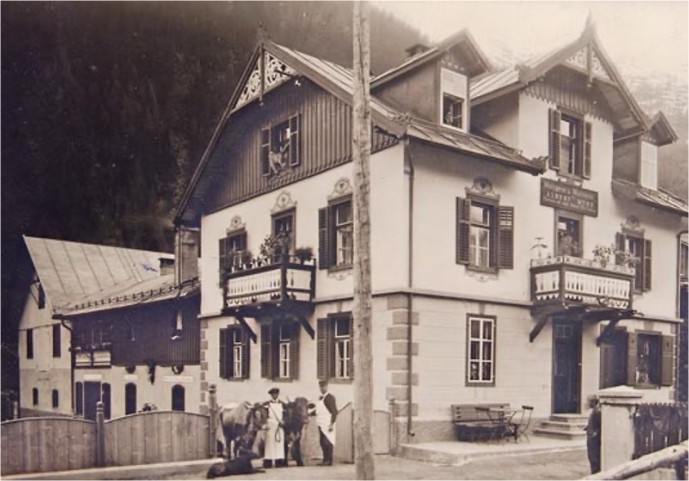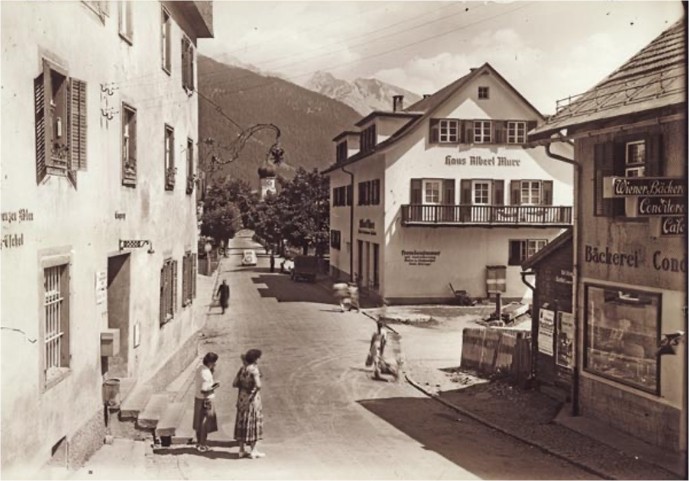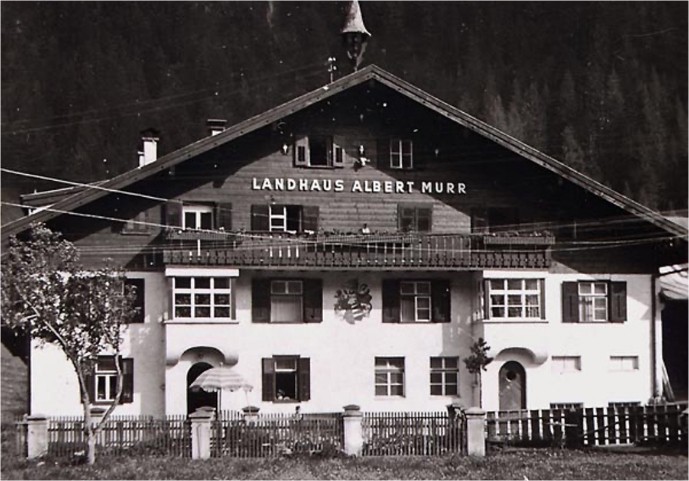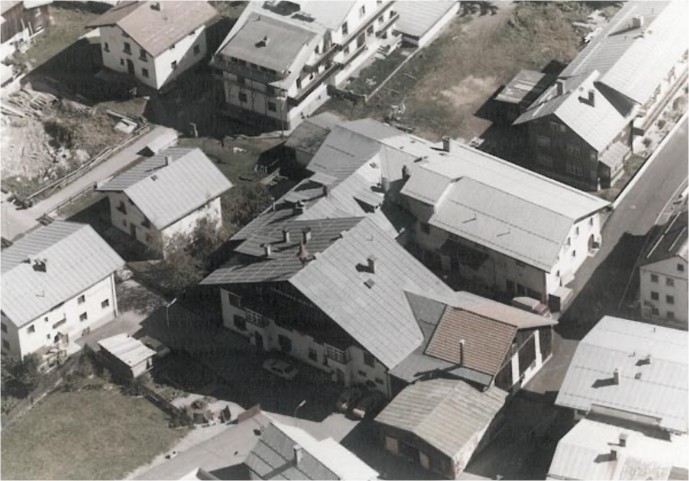
Passion for hosting:Meet the Murrs.
For four generations, we’ve welcomed guests from all over the world to Landhaus Murr. Individualists, alpinists, nature lovers, and seekers of good taste who come not just to escape, but to embark on a grand experience. And Murr is crafted for that—so to speak, homemade. We care for it personally.

We, true characters, visionaries, and dedicated hosts, are committed to the uniqueness of our homeland. With passion, humor, and humanity, we embody the spirit of the times and wish to share it—with you. In a house with vibrant architecture full of restraint and character, seamlessly connected—with mountain, sky, and unbridled joy. A rare mix, so distinctive and different: Simply Murr.
Our Logo
Alpine vibe. Modern style.
In sum? Lived hospitality. One that perceives, feels, and connects. Where individuality resides and warmth feels at home. Where small joys arise, and we offer our guests the best of the best—a place with power, aura, and the right vibe.
Passion for hosting:Meet the Murrs.
We aim to be a place that lingers in memory. A place with history for your most cherished souvenir.

Open me.
Where do the red doors lead?
They catch the eye immediately and close with charm—the two red doors at Landhaus Murr. It wasn’t a love for interior design that inspired their presence, but a practical and everyday reason of the time: one was for the family, the other for their guests. Even though the Murrs' lives evolved, the two doors remained: as witnesses of the past, eye-catchers of the present, and mementos of a special time.
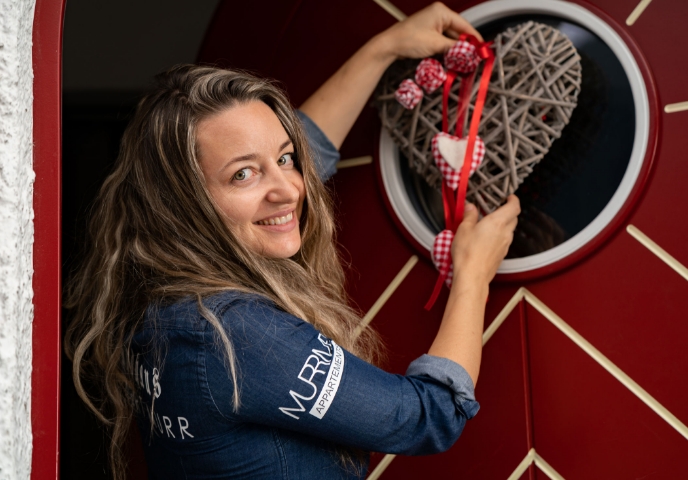
Girl power at Landhaus Murr since 1904.
Never change the winning team.
What began with Johanna and continued with Fritzi was enlivened and carried on by Klara and Ingrid. Now, Maria and her team are following in the footsteps of the successful Murr women, infusing the house with uniqueness, charm, and feminine energy, and elevating Murr with finesse. They continue to write this great story with feeling and inspiration. Enriching life at Landhaus Murr with their nature and dedication, making it what it has always been—a dream realized, a living tradition, and a place of life for generations.
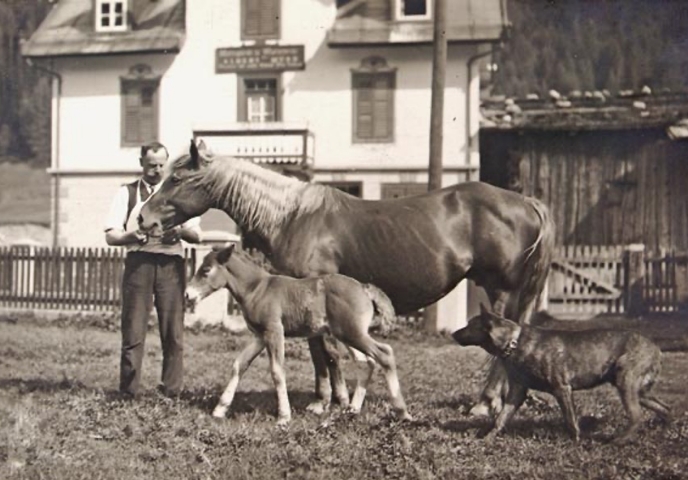
Hello Mr. Murr.
It all began with A for Albert.
Albert Murr Senior was a remarkable man. Not only did his height of 1.94 m made him stand out in the village, but his lifestyle was also unusually different and exotic for his time. A peacock once roamed the gardens of the country house, and a capuchin monkey perched on the shoulder of this charming and brilliant jack-of-all-trades. But above all, as the founder of the butcher shop and a pioneer of true hospitality, he gave us tradition and dedication, home and estate, and the country house its name. A treasure we still cherish today. A vision we nurture. And a concept we live with full conviction.

It’s ringing a bell.
The Murr’s bell tower.
Proudly perched on our gable, overlooking the entire village. A touch of nostalgia on the roof, a dash of homeland aesthetics for passing pedestrians and guests. As beautiful as it is to behold, the wooden bell tower makes one wonder what role it played at Landhaus Murr—or rather, what role it used to play. This charming relic from bygone days is not only unique and sustainable, but it also lets us dream and enjoy a truly analog time. One thing it no longer does, the little tower on the roof of the Murrs—it doesn’t ring to call butchers and workers to snack time. But it doesn’t need to: its silent presence is a sign that our story is far from over.
The path back
to our future.
Gratitude for what was inspires what may be. An impulse that shows us the way and reveals the limitless possibilities waiting to be awakened. To start a new day, reach for the biggest dreams, and write our very own story. Because where uniqueness lives, every beginning is promising.
-
1880
-
1900
Once upon a time.
Not only fairy tales and legends start this way, but also the journey of our Landhaus. It all began at the turn of the century, brought to life and shaped by none other than the pioneer Albert Murr himself.
-
1904
-
1908
-
1914
The woman of the house.
While Albert Murr Sr. managed the business from a distance during his time in captivity, his wife Johanna took the reins – as mother, hostess, and the town's first female butcher.
-
1929
-
1938
An Original by Fessler.
Despite new spaces for work and indulgence, the Landhaus became too small for the growing Murr family. A transformation was needed – the first major renovation. It was brought to life by Hans Fessler, a student of Holzmeister, a renowned Bauhaus architect who shaped the Landhaus as we still know (and love) it today.
-
1938
The Franz & Fritzi Era.
They were passionate master butchers, shaping the business with their unique spirit: Franz and Fritzi Murr. As their sons Albert, Franz, and Wolfgang set out to chase their own dreams, they found happiness far and wide, in big kitchens and their beloved butcher’s shop. A photo and a souvenir from that time still remain in the Landhaus – the old parlor from 1909.
-
1959
-
1960
-
1976
The Heart of Daily Life.
The merger of the year: the butcher’s shop moved into the new Spar market in town. A lasting partnership – until its closure in 2009.
-
1977
Doing Business.
House 39 has always been destined for innovative concepts and a colorful mix of industries: from butcher shops to cafés, various stores, and even an art gallery. Until it became the cradle of a cool new vision...
-
1993
Dreaming Big.
Already a hidden gem for well-traveled adventurers and sports enthusiasts, the 90s brought about the transformation of House 39 into a bed-and-breakfast. Demand was high, guests were happy, and Villa Murr was born.
-
2011
-
Heute
Mission Murr.
The only true constant in life is change. It flows not just through our veins but is part of our DNA. We don’t push ourselves to go "higher, faster, stronger" – we aim to live more genuinely, mindfully, and authentically. And we effortlessly connect what belongs together: family, stories, and the essence of life.Alpine Vibes. Modern Style.
Simply Murr.
Simplicity doesn’t mean giving up something. It reveals the treasures hidden in the simple things. It creates space for what truly belongs with us. In every detail, with character and style.
